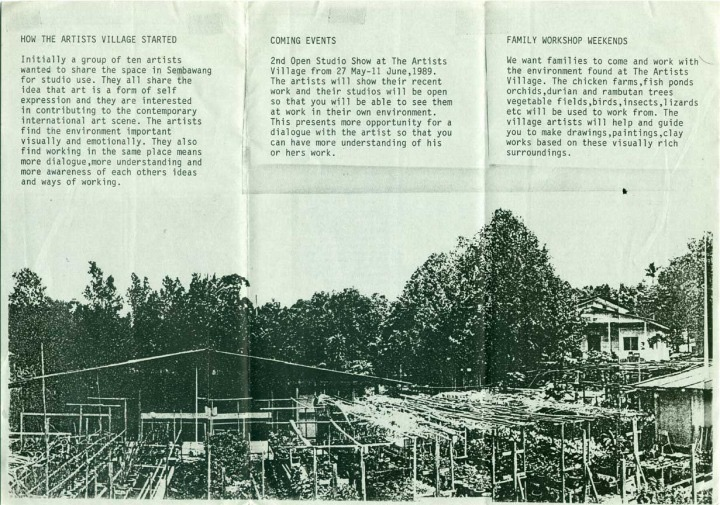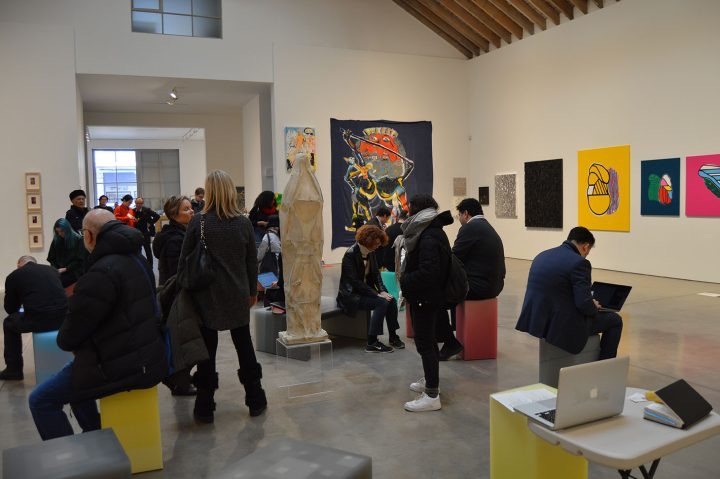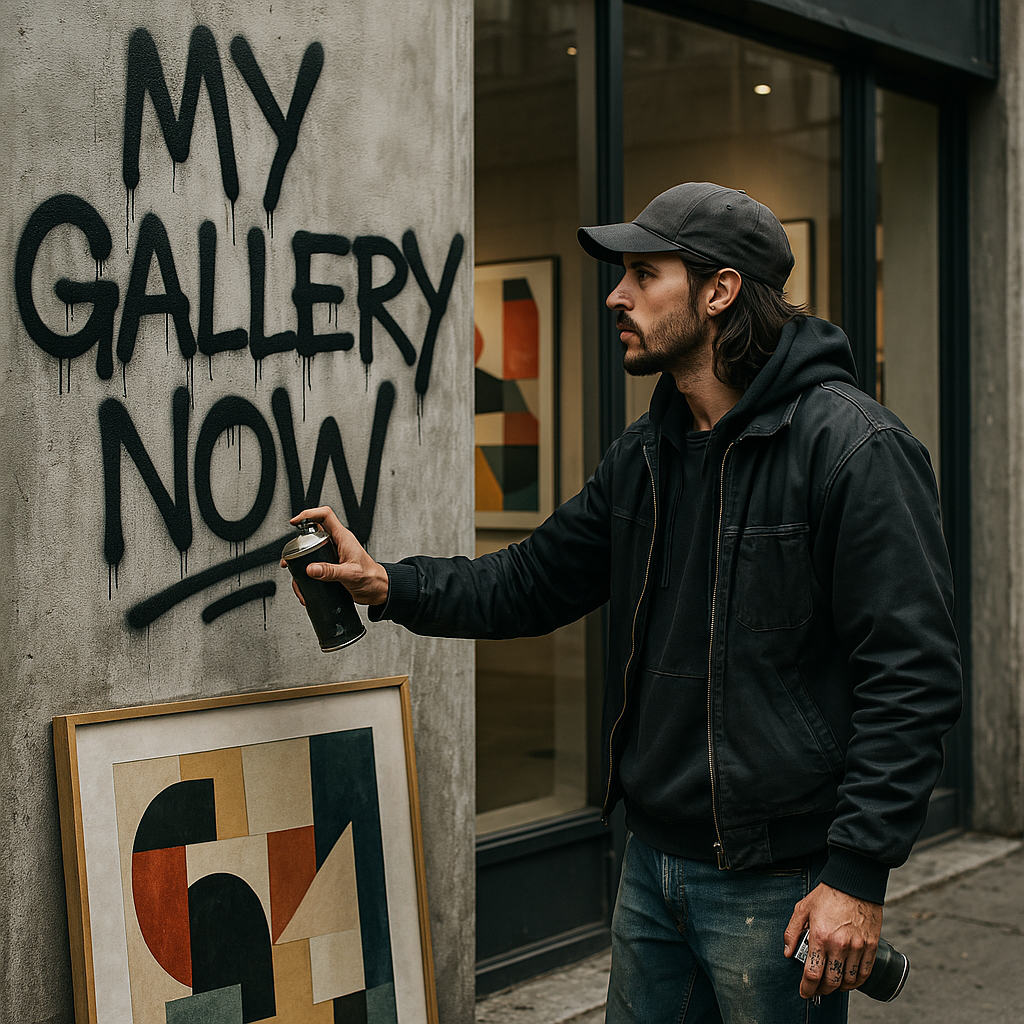Following Damien Hirst's groundbreaking "Freeze" exhibition, artist-run spaces proliferated globally throughout the 1990s and 2000s, each responding to local challenges in the art ecosystem. As Singapore artist Jason Wee, founder of Grey Projects, observed: "The more space artists make, the more space there is. Not only for objects (which museums and galleries always make room for), but for artists as well."
In Southeast Asia, collectives like The Artist Village (founded by Tang Da Wu in Singapore in 1988) and Nha San Studio (established by Nguyen Manh Duc and Tran Luong in Vietnam in 1998) emerged from necessity, operating from private homes and studios when institutional support was minimal. These grassroots initiatives became vital community hubs, educational platforms, and experimental laboratories free from commercial pressure.

Meanwhile, Western artists facing skyrocketing urban real estate prices began exploring alternative models. Pop-up galleries gained momentum as flexible, short-term solutions that reduced overhead costs while creating urgency that drew audiences. When the Volta satellite fair was abruptly cancelled during New York's 2019 Armory Week, mega-dealer David Zwirner and others collaborated to create "Plan B," a pop-up fair housing 32 affected galleries - demonstrating how temporary formats could foster community solidarity.

Regional locations beyond major art capitals also saw a renaissance of independent galleries. Anima Mundi in St. Ives, Cornwall, founded by Joseph Clarke in a former Christian Science reading room, established an international reputation for contemporary art outside London. Art critic Jonathan Jones described it as adding "a welcome contemporary twist" to a town historically associated with mid-20th century British modernism.
By the mid-2010s, these physical experiments in artist-led spaces began intersecting with digital innovation. The art world's relationship with technology was evolving rapidly; social media platforms, particularly Instagram, transformed how artists connected with audiences. The visual-first platform became a powerful tool for artists to bypass traditional gatekeepers and build direct relationships with collectors.
This digital shift created new challenges alongside opportunities. While Instagram offered unprecedented visibility, artists quickly discovered its limitations as a professional presentation tool. The platform's standardised formats, algorithmic unpredictability, and lack of sales infrastructure highlighted the need for more sophisticated digital solutions specifically designed for visual artists.

This transition period revealed a growing gap in the market: artists needed professional websites that could showcase their work with the same care and context they would receive in a physical gallery, but without prohibitive development costs or technical barriers. The existing website builders were either too complex, requiring coding knowledge, or too generic, failing to address the specific presentation needs of visual art.
The need for specialised digital tools became increasingly apparent as more artists embraced independence from traditional gallery systems. Just as artist-run physical spaces had emerged to fill gaps in the exhibition landscape, a new category of digital tools was required to support this evolution online.
The seeds of what would become LettsArt began taking shape during this period, conceived as a response to the limitations artists faced in digital self-representation. Its founders recognised that while the YBAs had revolutionised physical exhibition-making, the digital revolution required equally innovative tools. The vision was clear: create for the digital realm what Hirst had created in physical space - a platform where artists (and independent gallerists) could present work on their own terms, without intermediaries.
As the LettsArt concept developed, it incorporated lessons from decades of artist-led initiatives: the importance of professional presentation established by "Freeze," the community-building aspects of collective spaces like The Artist Village, the flexibility of pop-ups, and the global reach demonstrated by regional galleries like Anima Mundi. These elements would converge in a digital platform designed to serve the next generation of independent artists.
In Part 3, we'll explore how LettsArt emerged as a fully-realised solution and how today's artists are combining physical and digital strategies to create truly independent artistic careers.